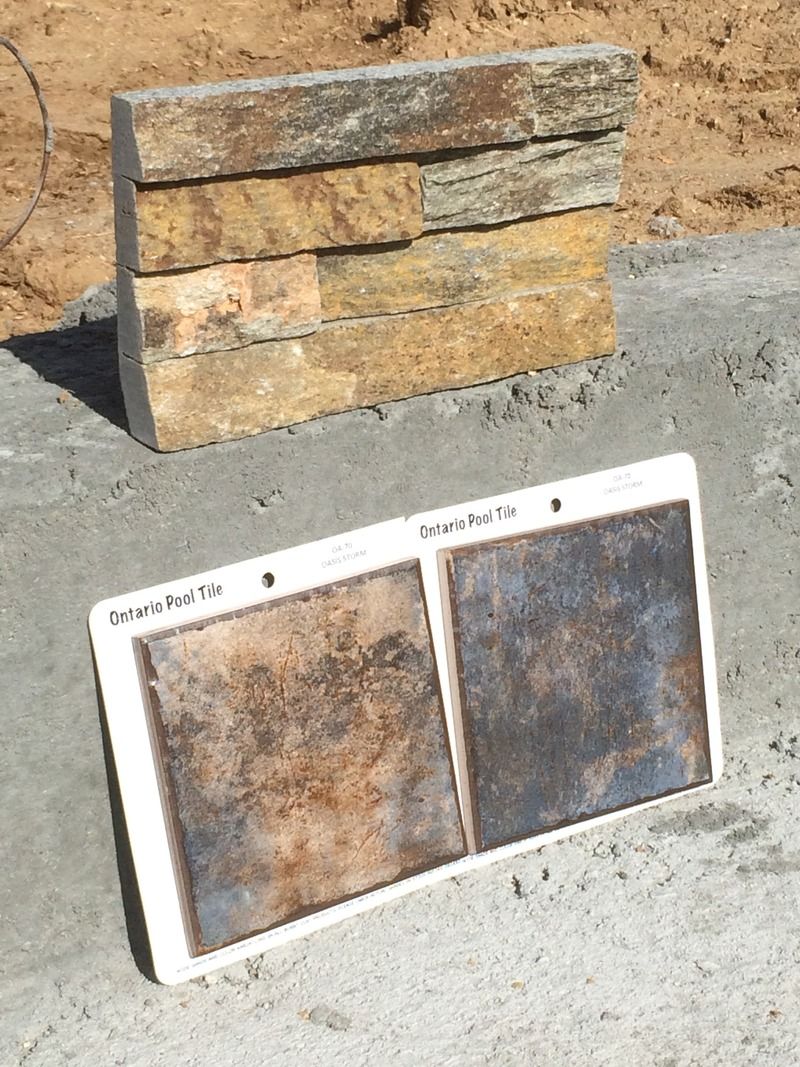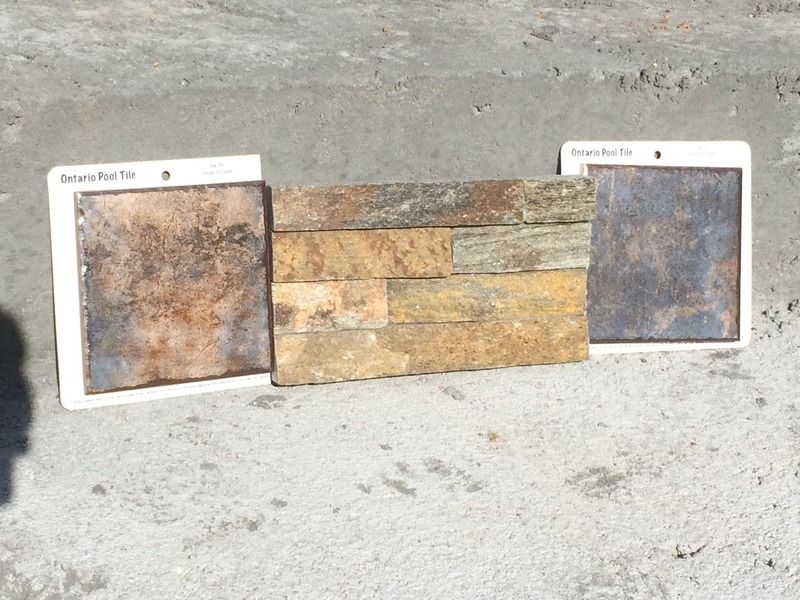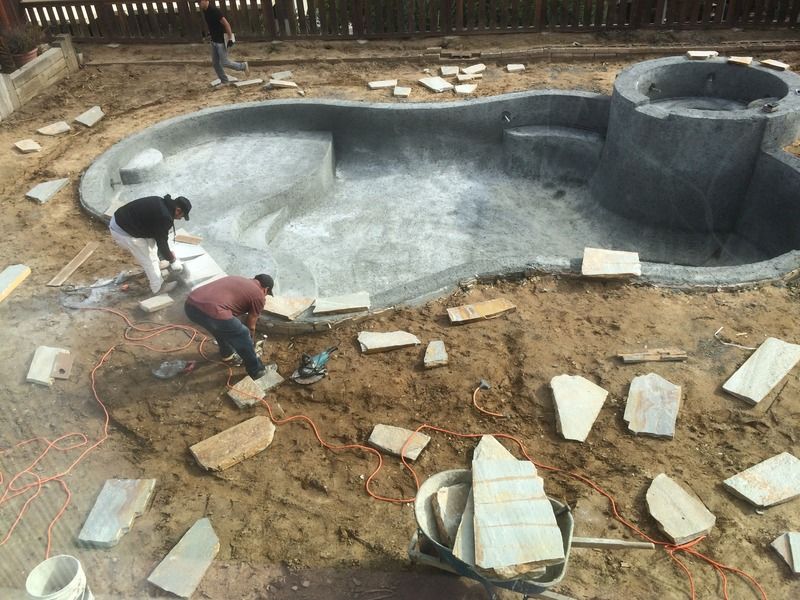This could be an industry slang terms issue separating us. Fiber=fabric=mesh=welded wire grid. It appears that I left my ACI manual at work. Where I don't actually have one.
Titan, read the NEC, check your local codes (but nobody has them for pools...), and try to make an informed decision. I could be wrong -? Thinking not wrong, tho. Residential sidewalks don't have reinforcing, or gravel, for that matter, just 4" poured concrete, because its cheap, 4' wide, etc.
In California, the building codes that are adhered to are:
California Building Code, 2013 edition
Uniform Housing Code, 2013 edition
Uniform Code for the Abatement of Dangerous Buildings, 2013 edition
California Residential Code, 2013 edition
California Mechanical Code, 2013 edition
California Plumbing Code, 2013 edition
California Electrical Code, 2013 edition
California Green Code, 2013 edition
There are provisions for each that allow the Authority Having Jurisdiction (local governments) make their own requirements as long as they supersede the required code. Most of the cities in Southern California do just this, and the revisions are not the same from city to city. There are several different bonding requirements, what may pass in Corona is not accepted in Irvine...etc. Los Angeles City is a great example of this. They have their own certifications required for concrete, trusses, plumbing, etc and product manufacturers have to have a license to comply with their standards.
Every city I've dealt with in this area has very specific code requirements for pools (especially grounding, bonding and electrical requirements), that may not be the case elsewhere but I bet its more common then you may think.





